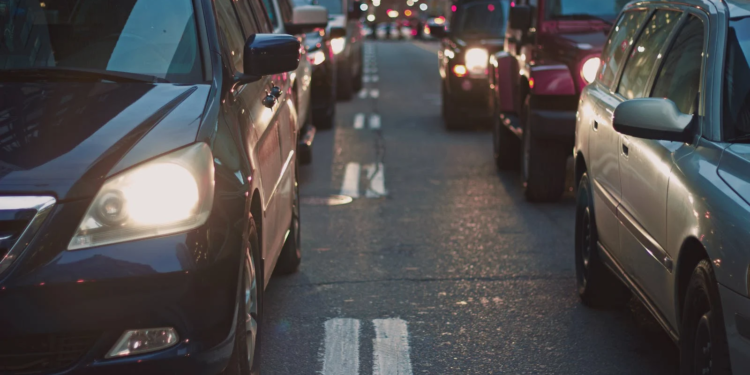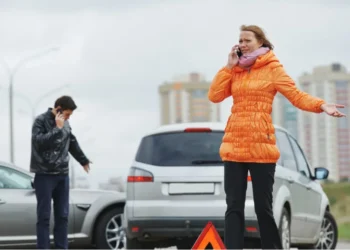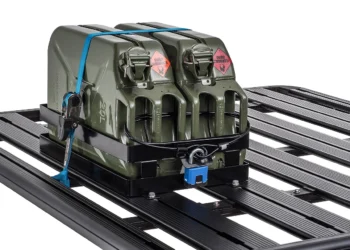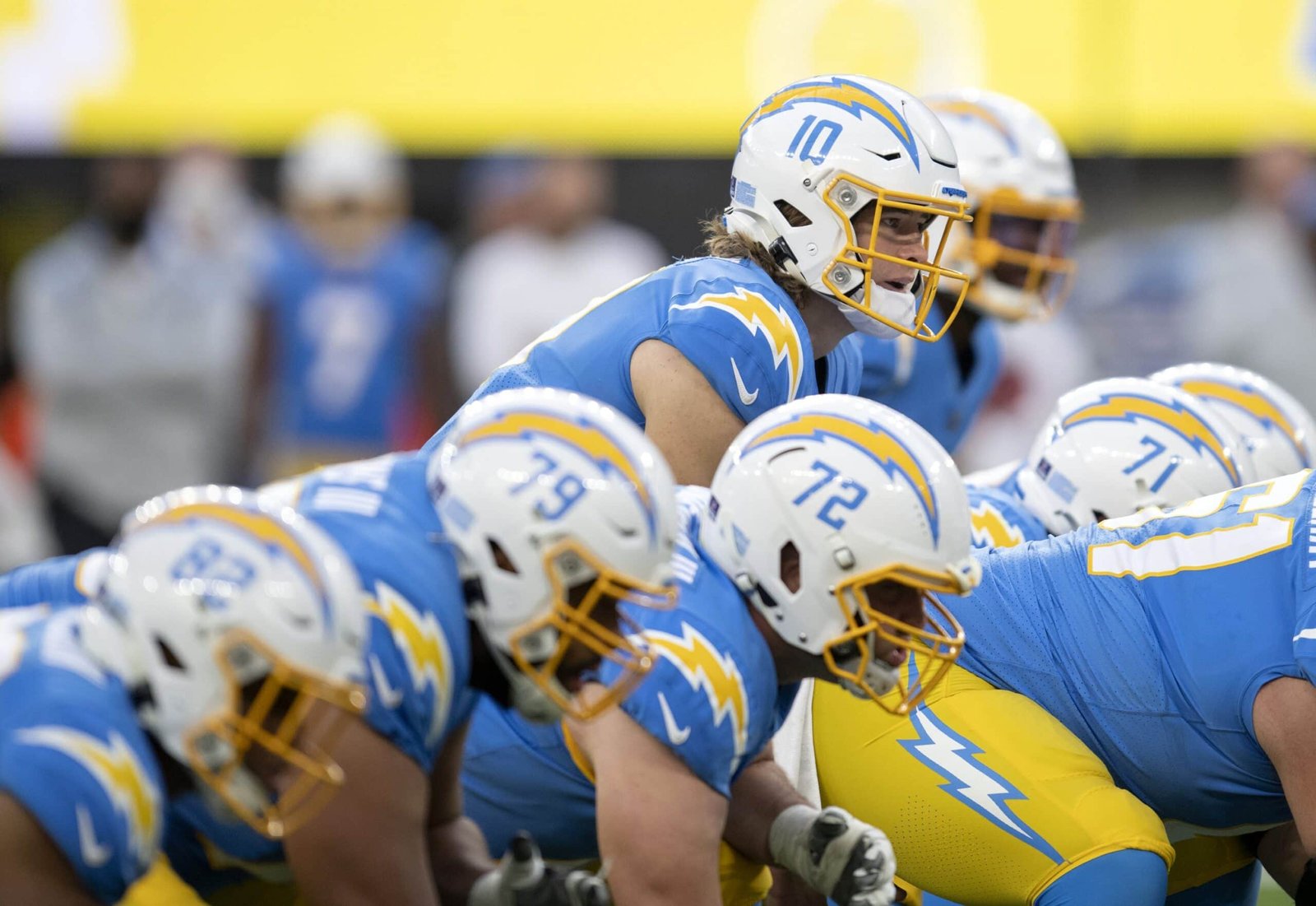When delving into the realm of car collisions, our minds tend to conjure images of the aftermath – the crumpled vehicles, the inflicted injuries, and the urgent need to consult a proficient car accident attorney. Yet, concealed within each car crash is a labyrinthine ballet of physical laws dictating the actions of the involved automobiles. Comprehending the physics underpinning car collisions can offer invaluable insights into their occurrences and how they might be averted. In this compendium, we embark on an expedition into the intricate domain of the physics underpinning car crashes, unearthing the multifaceted symphony of impact forces and the mesmerizing choreography of vehicle dynamics.
The Unfathomable Enigma of Impact Forces
Inertia and Newton’s First Law: A Cosmic Dance
The domain of car collisions is deeply enmeshed with the enigmatic concept of inertia. As delineated by the venerable Newton’s first law of motion, it posits that an object at rest prefers inertia, abhorring any deviation from its tranquil state, while an object in motion clings to its velocity, as if shackled by invisible chains, unless some external force intervenes. This principle exerts its dominion over vehicles too. When a car traverses space, it resists change and clings to its course with obstinacy, unless compelled otherwise by an external influence – be it the force of braking or a cataclysmic collision.
Deceleration’s Mysterious Ballet and the Crucial Role of Seatbelts
At the heart of car crashes lies the cryptic phenomenon of deceleration. This term denotes the pace at which a vehicle’s velocity dissipates during a cataclysmic confluence. In the throes of a collision, when a car is suddenly compelled to halt, its occupants, encumbered by their inertia, continue their journey at their original speed, oblivious to the impending danger. Herein, the humble seatbelt emerges as the hero, for it is the only force capable of imparting a gentle restraint, a gradual deceleration, which safeguards the passengers from the perilous lurch towards the interior of the vehicle.
Conservation of Momentum: A Cosmic Ballet
The preservation of momentum, another cryptic concept, reigns supreme in the annals of car collisions. This enigmatic property, the offspring of an object’s mass and velocity, remains steadfast in a closed system. In the realm of car crashes, the total momentum remains an immutable constant. Pre-collision momentum mirrors post-collision momentum, provided no disruptive external forces intervene. It’s the fundamental law that elucidates why a colossal carriage may wreak more havoc in a crash. This titan of a vehicle may endure a mere whisper of change in velocity owing to its monumental mass, while its counterpart, the lithe conveyance, endures an extravagant transformation in pace, heralding devastation galore.
Energy Metamorphosis in Collisions: A Cosmic Alchemy
Car collisions encompass a dazzling transmutation of kinetic energy. This kinetic energy, intricately linked to a vehicle’s mass and velocity, determines the outcome of the cataclysm. During the collision, this kinetic energy is transferred to various elements in its path, be it the vehicles themselves, their occupants, or external objects. This mystical metamorphosis holds the key to creating safety features in vehicles, rendering them more impervious to the catastrophic embrace of crashes.
The Marvelous Riddle of Vehicle Dynamics
Crumple Zones: The Dance of Energy Absorption
Modern vehicles don the cloak of safety, with crumple zones as their trusted allies. These ingeniously contrived zones are architected to absorb and dissipate energy during the tumultuous tango of a collision. By gracefully crumpling and deforming, they extend the interlude of the collision, alleviating the ferocity of the impact endured by the vehicle’s inhabitants. This wondrous engineering spectacle stands as a cornerstone in the sanctuary of vehicular safety.
Airbags and the Physics of Collision
Airbags, a protective apparition, summon physics to their aid when the tempest of a collision arrives. They operate on the tenets of force and time, embarking on a swift inflation when the vehicle’s senses detect the abrupt cessation of motion. This masterful interplay elongates the interval over which the occupants are brought to a halt, mitigating the force applied to their fragile bodies. Thus, they stand as sentinels, guarding against the perils of collisions and the unyielding surfaces within the vehicle.
Rollover Dynamics: The Gravity-Defying Ballet
Rollover accidents unfurl their unique tableau, governed by the gravitational heart of the vehicle. When equilibrium falters, and the car embarks on an audacious roll, the intricate choreography of angular momentum takes center stage. The rotational drama hinges on the moment of inertia and angular velocity, giving birth to the vehicle’s pirouette. Vehicles with a lofty center of gravity wade deeper into the quagmire of rollovers, rendering SUVs and trucks particularly susceptible. Delving into the enigmatic realm of rollover dynamics is quintessential to sculpting vehicles with a lower propensity for such harrowing aerial escapades.
The Enigma of Friction in Collisions: A Cosmic Duel
Friction emerges as a resolute contender in the arena of car collisions, decisively influencing the distance a vehicle traverses before yielding to inertia. The coefficient of friction between the tires and the road imposes its will upon the braking distance. In the throes of a collision, this enigmatic dance between the tires and the road becomes an arbitrating force, shaping the destiny of the vehicular interlude. Factors such as the quality of the tires, the state of the road, and the efficacy of the brakes choreograph this cosmic duel, determining the outcome of the grand collision.
In synthesis, car collisions are not mere capricious whims of fate; they are instead orchestrated by the venerable laws of physics. Unfolding the tapestry of physics underlying car collisions is essential for elevating vehicular security and sculpting more resolute safety features. From the stately parables of inertia and momentum conservation to the ballet of crumple zones and airbags, the scientific realm of car collisions entwines intimately with vehicular dynamics and the unseen forces that wield dominion.
In the unfortunate event of a car collision, the paramount priority is safety, coupled with the pursuit of medical care for any incurred injuries. Furthermore, in cases where negligence by another party serves as the catalyst for the calamity, the pursuit of a seasoned car accident attorney becomes requisite. A legal guide in such turbulent waters, a car accident attorney navigates the labyrinthine realm of legal claims and compensation, safeguarding the rights of the aggrieved party.
Conclusion
While the comprehension of the physics underpinning car collisions is a valuable pursuit for the sake of prevention and safety, the earnest veneration of prudent driving practices and adherence to traffic mandates remain the linchpin of accident mitigation. This symbiotic harmony between conscientious driving, cutting-edge safety measures, and a rudimentary grasp of the cosmic physics in play collectively conspire to chart a course toward safer roadways for all.

Barry Lachey is a Professional Editor at Zobuz. Previously He has also worked for Moxly Sports and Network Resources “Joe Joe.” he is a graduate of the Kings College at the University of Thames Valley London. You can reach Barry via email or by phone.













